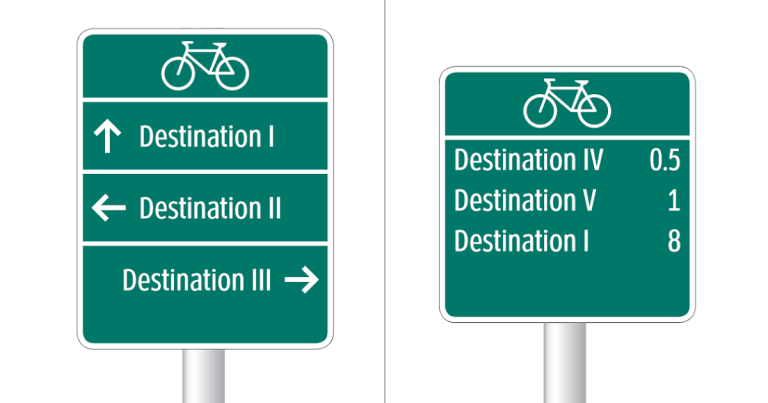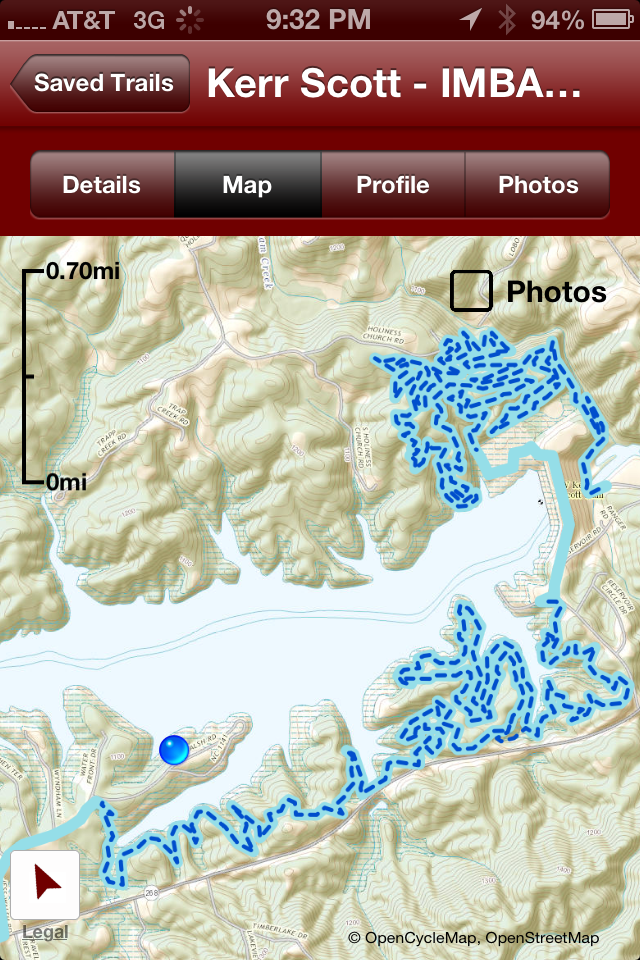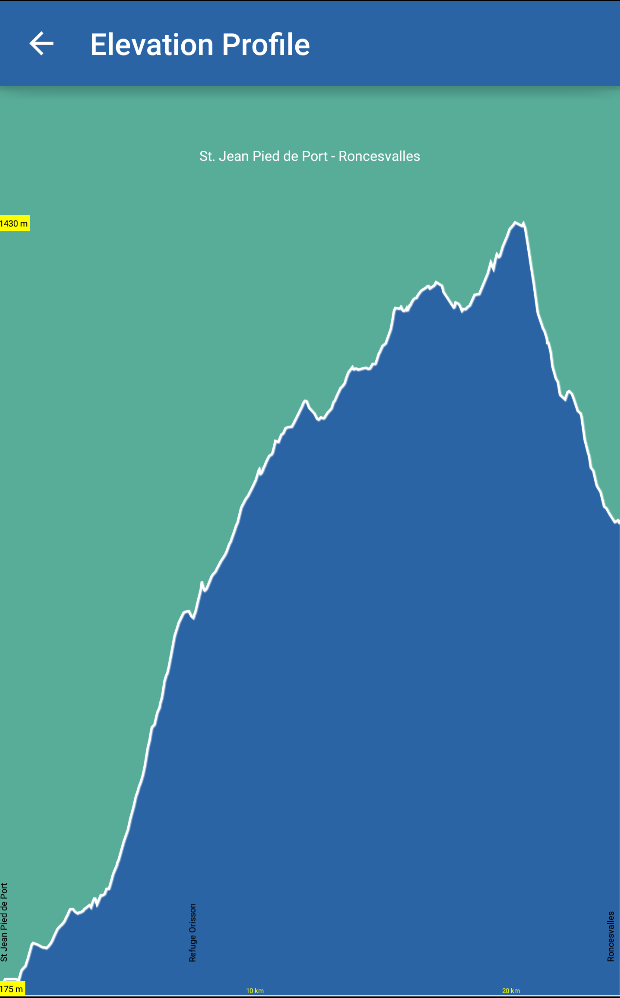How to Use GPS for Cycling Navigation: Unlocking the Path to Seamless Rides
Introduction
Navigating the sprawling landscapes and intricate city networks while cycling can be daunting. Yet, it is crucial for avid cyclists to embrace technology that enhances this experience. Enter GPS for cycling navigation—a revolutionary tool transforming how cyclists plan, execute, and optimize their rides. By integrating GPS systems into cycling routines, from mapping out routes to evaluating cycling performance metrics, enthusiasts can significantly enhance their cycling efficiency and safety. Understanding how to harness this technology not only optimizes routes but also contributes to overall bike maintenance and fitness enhancement.
Exploring GPS and Its Role in Cycling Navigation
Understanding GPS in the Cycling Context
GPS, or Global Positioning System, comprises a network of satellites that transmit signals allowing a GPS device to pinpoint your exact location on Earth. For cyclists, understanding GPS fundamentally enhances route planning, enabling dynamic, real-time pathfinding as they navigate complex bike routes. With GPS’s high accuracy and advanced navigation tools, cyclists can efficiently measure distance and trajectory and access turn-by-turn directions, optimizing their cycling experience.
The Ideal GPS Setup for Cyclists
An effective GPS setup for cycling necessitates a reliable bike GPS or a cycling app designed for this purpose. Most modern bike computers come equipped with advanced GPS tracking features, enabling cyclists to record their journey and track real-time data, such as speed, elevation, and route optimization. Whether using a dedicated GPS device or a mobile app navigation tool, setting up the correct configuration ensures seamless access to essential navigation features during a ride.

Choosing the Right Tools for Your Cycling Journey
Bike GPS Devices vs. Mobile Apps
When choosing GPS tools, cyclists generally face two options: standalone bike GPS devices and smartphone cycling apps. While a bike GPS is typically more robust and specifically designed for outdoor use, cycling apps provide convenience and often come with features like offline maps and real-time traffic updates. Consider your cycling needs and preferences when making a choice. Ensure your tools offer reliable GPS accuracy and flexibility in route planning and elevation data access.
Navigation Tools and Features
High-quality GPS devices or apps offer numerous navigation features tailored to cyclists. Key among them is waypoint navigation, which allows riders to designate specific points on their route. This feature is ideal for exploring new biking trails, marking crucial rest stops, or identifying points of interest. Beyond digital navigation, understanding traditional map reading can serve as a valuable skill, complementing the technology and preparing you for unforeseen circumstances, such as gadget malfunctions.
Navigational Strategies and Best Practices
Efficient Route Planning and Route Optimization
Successful cycling navigation hinges on strategic route planning. Effective route optimization considers factors like elevation, terrain type, and traffic conditions, targeting paths that align with cycling goals, whether they focus on endurance training or leisurely exploration. Leverage route planning tools within GPS systems to establish efficient, safe bike routes in alignment with your cycling style and preferences.
Turn-by-Turn Directions and Pathfinding Techniques
GPS devices offer turn-by-turn directions, providing real-time guidance for the cyclist through verbal prompts or visual cues. This convenient feature assists in staying on course, ensuring you reach your destination without unwarranted detours. Each pathfinding adventure can be personalized by considering tactics such as interval training for cycling or integrating power-based training methods, furthering your overall performance and endurance.
Emphasizing cycling safety with GPS Technology
Advantages of GPS Tracking for Cycling Safety
Recent advances have equipped cyclists with myriad safety features, thanks to GPS tracking capabilities. These allow cyclists to share their real-time location with family or friends, adding a layer of security during long rides. Many GPS-devices even have built-in alerts and sensors, delivering immediate notifications in emergencies.
Enhancing Physical Safety with Cycling Navigation
Cycling navigation technology facilitates more than just route accuracy—it enhances complete cycling safety. Advanced GPS systems can identify high-traffic areas, disallowing the inclusion of dangerous paths in your biking plans. Consider these options when analyzing routes for safety features, like avoiding steep descents noted in detailed elevation data.
Integrating GPS Technology into Cycling Workouts
Tracking Metrics: The Future of Training Techniques
Incorporating GPS into cycling workouts provides detailed metrics pivotal for enhancing cycling performance. GPS tracking opens avenues to assess metrics like speed, distance, and cadence preciseness. Implement power meters for performance tracking to determine critical ‘VO2 Max Improvements for Cyclists’, utilizing technology to push your limits intelligently.
Mental Resilience through GPS-Facilitated Cycling
GPS tools simplify physical navigational demands, allowing cyclists to focus on mental resilience and cognitive endurance strategies. This stress alleviation paves the way for concentrating energies on maintaining optimal cycling cadence and practicing advanced techniques, leading to sustainable performance enhancements over time.
Frequently Asked Questions (FAQs)
What is the best GPS device for cycling navigation?
The best GPS device largely depends on personal needs, balancing specific features like water resistance, turn-by-turn directions, and battery life. Popular choices include Garmin Edge and Wahoo Elemnt, each known for robust performance and cycling-friendly features.
Can I use my smartphone as a GPS for cycling?
Yes, smartphones equipped with cycling apps like Komoot or Strava can function as a GPS tool. However, consider aspects like battery life, device weatherproofing, and real-time data capabilities to ensure reliability during rides.
How accurate is GPS navigation for cycling?
Modern GPS devices achieve high accuracy levels, often within five meters. However, dense forests, urban areas, or adverse weather can potentially decrease accuracy. Rely on supplementary features like offline maps for maximum reliability.
What are the benefits of using GPS navigation for cyclists?
Using GPS navigation offers numerous benefits including precise route planning, enhanced safety features, access to cycling maps, and performance metrics analysis such as distance measurement and elevation data.
How do I enhance my GPS navigation techniques for efficient cycling?
Enhance navigation by aligning GPS features with specific cycling goals, mastering map reading skills, incorporating traditional navigation tools when needed, and regularly updating your GPS software for optimal performance.

Conclusion
Embracing GPS technology for cycling navigation paves the way for a multitude of benefits, from achieving superior cycling safety to unlocking route optimization opportunities. By maintaining an adept understanding of GPS devices, cyclists can tap into an expansive arena of enhanced navigational features, nurturing both performance growth and safe adventure. Take the step to integrate GPS tools into your cycling routine today. Share your experiences and see how these small technological upgrades can transform your cycling journey, both physically and mentally. Start your seamless rides and unleash the potential of your cycling ventures today!





